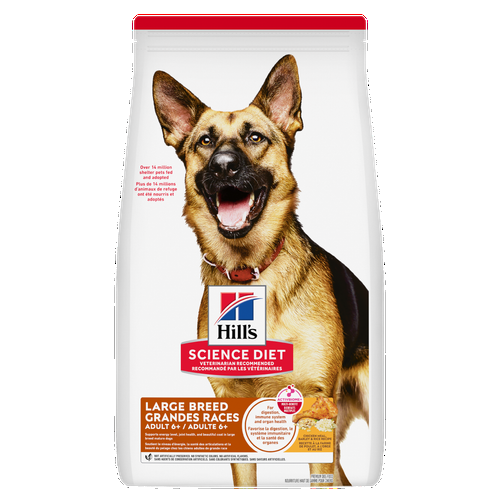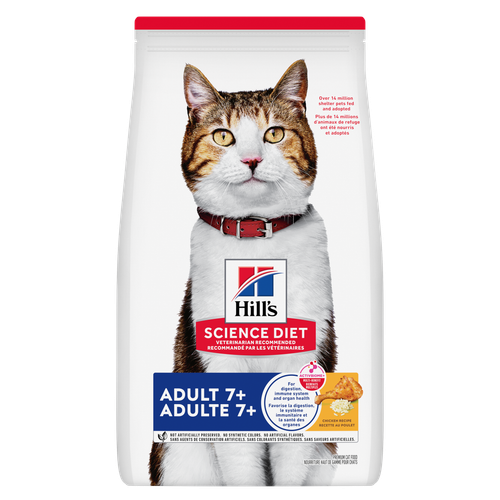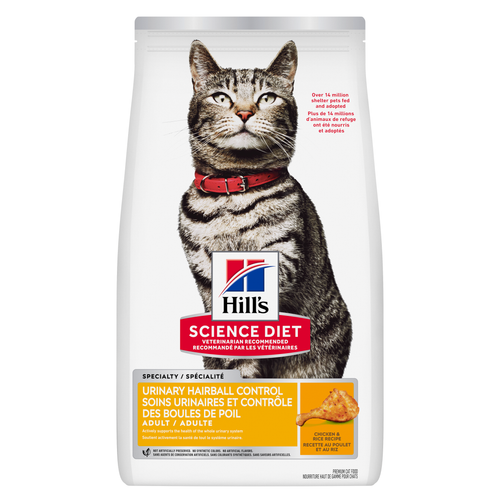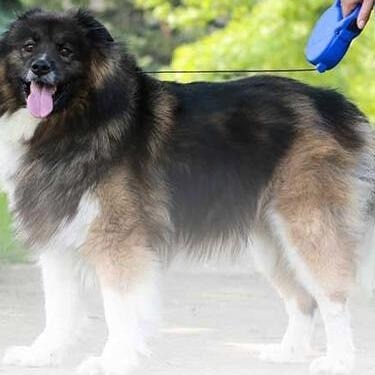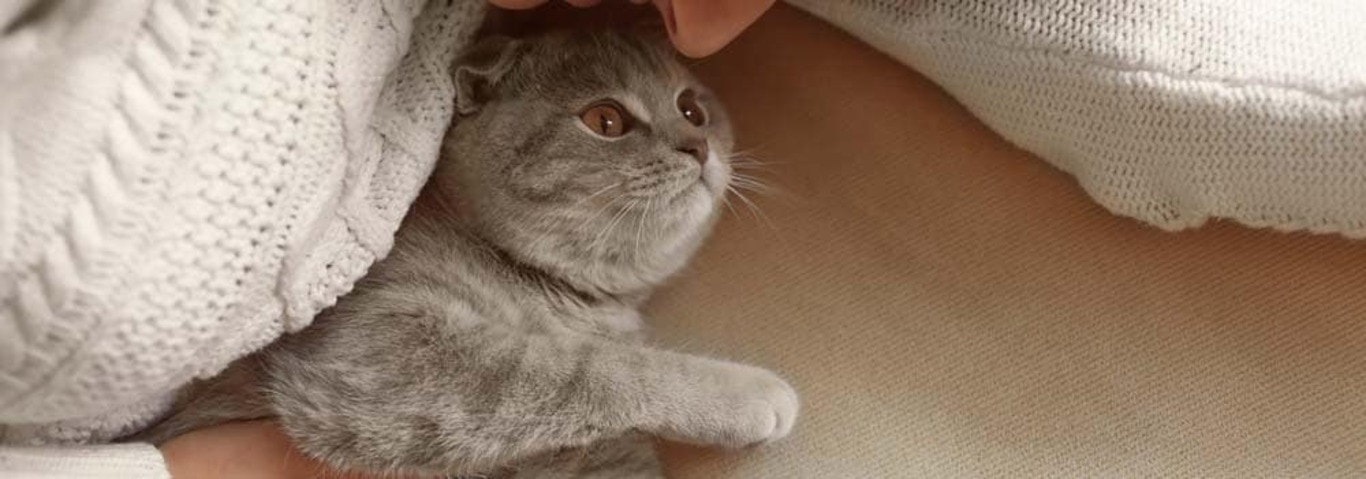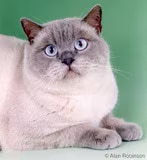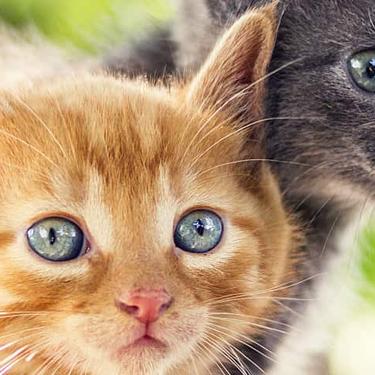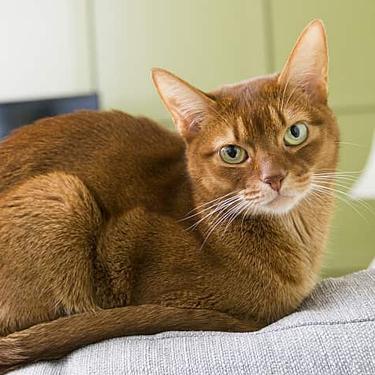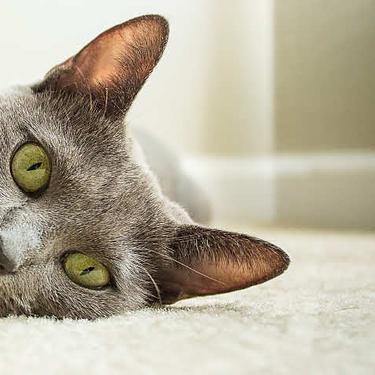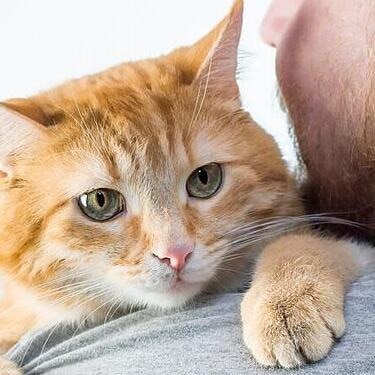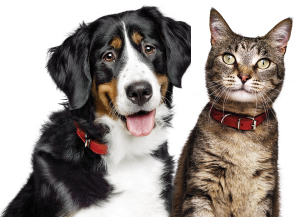As a powerful cat, all components of this breed should be well developed. The British Shorthair has a broad chest, muscular neck, strong jaws and a well developed muzzle. The legs are thick and strong. The breed looks like what she originally was, a cat that was to keep rodents out of the barn and the house.
The coat of the British is thick and dense. It becomes much longer and thicker during the winter. The texture of the coat is relatively hard, as it is meant as protection for the cat.
When you pick up a British, you should always support her back end. British should not have their hind end drag down their abdomen, as this can make them uncomfortable and insecure.
The British Shorthair is a very pleasant cat to have as a companion. She is easy going and placid. The British is a fiercely loyal, loving cat and will attach herself to every one of her family members.
While the British loves to play, she doesn't need hourly attention. If she is in the mood to play, she will find someone and bring a toy to that person. The British also plays well by herself, and thus is a good companion for single people.
The British Shorthair is a thick, muscular cat so her nutrition must be carefully controlled. Despite her heavy boning and musculature, you want to make certain she keeps a proper weight and does not get out of condition. She must get adequate exercise. Interactive play may be necessary to keep the breed in good shape.
The British will play when she wants to play and will find a toy or create one out of anything she finds if a cat toy is not available.
A daily brushing is important, especially during seasonal changes when the coat is thickening or thinning. Even this Shorthair cat can get knots in her coat if she isn't brushed regularly.
The British tolerates being left alone. She is affectionate but also spends time just sleeping in the sun. The British is an easy cat to care for and makes a wonderful, quiet companion.
The British Shorthair, while originally coming from the farms and streets of Britain, is also considered to be the first cat of the cat fancy. The "father" of this breed is Harrison Wier, who is thought of as the first professional cat breeder. He is known in cat fancy history as the "Father of the Cat Fancy." Not only was he the first professional breeder, but he also determined the rules for the first cat show, which was held in Britain in 1871.
As if this were not enough, Harrison took the humble street cat of Britain and, through an intensive breeding program, transformed it to the pedigreed breed that he named the British. The British fell in love with their new now-pedigreed breed. When the Persian was introduced into Britain, it nudged out the British for the most popular breed temporarily. During the Second World War, as in the First World War, the British Shorthair breed was decimated, but it always reemerged into the top ranks of popularity. Today, the British shorthair is accepted in cat registries worldwide. At one time, it was known as the British Blue, but since it comes in a variety of colors, it is called either the British or the British Shorthair.
Adopt a pet. Change a life.
Are you prepared to adopt a pet? Use these tools to make sure you are ready for the commitment.
Adopt a pet. Change a life.
Are you prepared to adopt a pet? Use these tools to make sure you are ready for the commitment.


